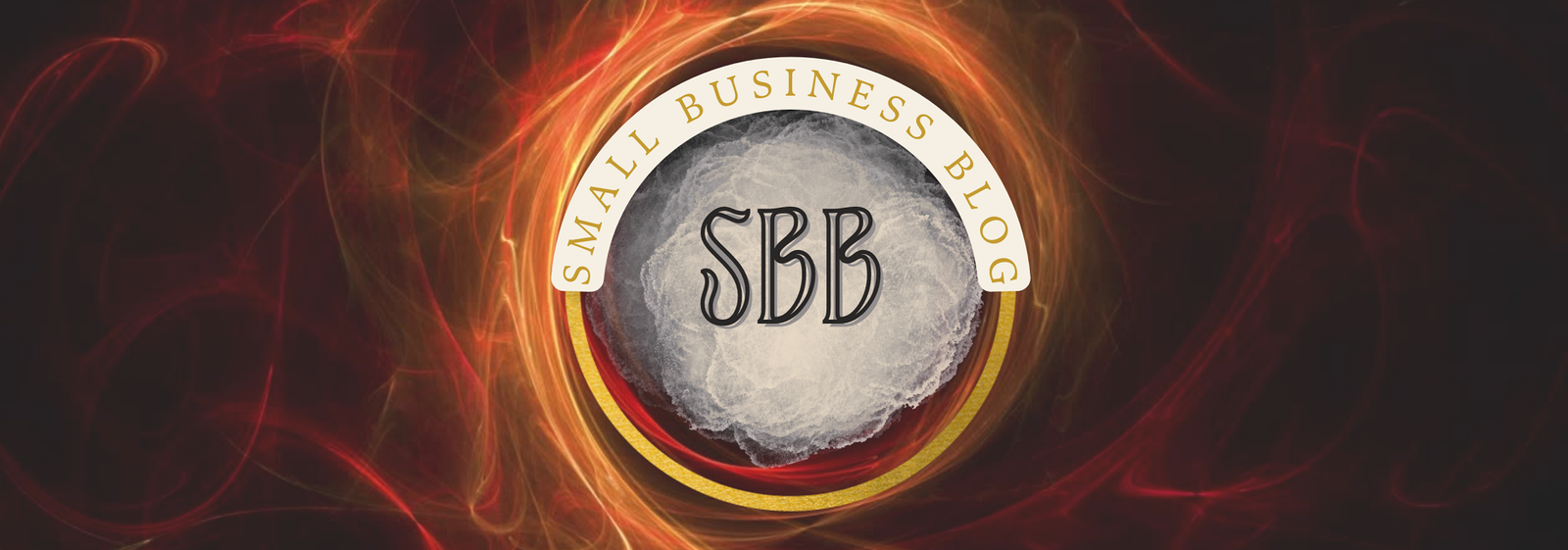Back pain is something that we all are likely to deal with at one point or another in our lives. In fact, the World Health Organization estimates that approximately 60-70% of people in industrialized countries will experience non-specific lower back pain in their lifetime. It’s a plague which spans across all ages, races, and genders, making it one of the most common health issues globally.
The origins and impact of back pain vary greatly from person to person. It can be due to several causes, ranging from poor posture to serious medical conditions like osteoporosis. Although, in some cases, it may resolve spontaneously, in others, it can be chronic, significantly impacting an individual’s ability to work, socialize, and lead a normal life. Understanding the intricate details of back pain is the first step towards proper management and eventual relief.

Table of Contents
Understanding Back Pain
Back pain is not uniform. It can occur in different types and locations such as the lower, middle, or upper back, and each type will be linked to different causes and symptoms. For example, lower back pain could be due to a herniated disc, while pain in one’s upper back might be related to poor posture or muscle strain.
The diagnostic process for back pain varies too. Some doctors will start with a simple physical exam and medical history review, while others might necessitate imaging studies like X-rays, MRIs or CT scans when a more serious condition is suspected. Physical causes like improper lifting or bad sleeping positions are common culprits of back pain. However, other factors like sedentary lifestyle, smoking, being overweight and even psychological factors like stress can all play a role and should not be overlooked.
Traditional Back Pain Treatments
Over-the-counter pain treatments such as nonsteroidal anti-inflammatory drugs (NSAIDs) or acetaminophen are a popular first line of defense against acute back pain. However, they should be used cautiously and for short terms, as prolonged use can carry significant health risks.
For more persistent or severe back pain, doctors may prescribe stronger painkillers like opioids or muscle relaxants. These too should be used judiciously to reduce dependency risks. In more extreme cases where medication is ineffective, surgical intervention may be necessary. Common surgeries include spinal fusion, disc replacement, and laminectomy.
Alternative Therapies for Back Pain
There are several alternative therapies for back pain that have proven to be effective for some individuals, despite the skepticism surrounding them. Regular therapeutic massages can provide significant relief, primarily by loosening tightened muscles and improving blood flow to the affected region.
Acupuncture, an age-old technique originating from China, has been increasingly recognized for its potential in managing chronic back pain. It operates on the theory of rebalancing the body’s energy flow, thought to be disturbed in individuals suffering from chronic pain. Finally, practices like yoga and Pilates, that focus on core strengthening and flexibility, can provide both immediate relief and long term prevention of back pain.

Lifestyle Changes to Ease Back Pain
Often, the best treatment for back pain is prevention. Regular exercise and strength training, especially focused on the core muscles, can greatly reduce the occurrence of back pain. Moreover, maintaining a healthy weight and eating a balanced diet can also help by minimizing the strain on your back and providing the necessary nutrients for muscle and bone health.
One common yet overlooked cause of back pain is poor posture and ill-equipped workspaces. Ensuring an ergonomically friendly environment can go miles in preventing back pain. And lastly, don’t undermine the importance of getting a good night’s sleep – both in quality and quantity. Sleeping on a good quality mattress and pillow that adequately support your back is essential.
Mental Health and Chronic Back Pain
The relationship between chronic back pain and mental health is complex. Chronic back pain can induce stress, anxiety and depression, and these conditions, in turn, can exacerbate the pain. The reverse is also true, where existing mental health conditions can increase the perception of physical pain.
Managing chronic back pain is both a physical and a mental challenge. Psychological techniques like cognitive behavioral therapy have shown promising results in not only managing the mental health impact of chronic pain, but also in reducing the perceived pain levels.
Ensuring Proper Back Care At Home
Ergonomics is not just for the office. Making sure that your home environment supports your back can go a long way in preventing pain. This might involve using cushions for better support, or avoiding low seating that might put additional strain on your back.
Regular back stretches and strength building exercises should be part of your daily routine. Remember, the key to maintaining your back’s health is consistency and discipline. More often than not, it’s the small regular steps that make a big difference.
Conclusion
Back pain might be a common issue, but that does not mean that it is trivial. Understanding the different types, causes, and treatment options, both traditional and alternative, can make all the difference in managing your pain. Don’t neglect your mental health when dealing with chronic pain. Finally, prevention is always better than cure. Make necessary lifestyle changes, and ensure a safe and supportive home environment for your back.








